Boston Harbor, an iconic and historic waterway, weaves a tale that spans centuries, encapsulating pivotal moments in American history, economic development, and environmental resilience.
As a witness to the American Revolution, a bustling hub for maritime trade, and a symbol of environmental transformation, the history of Boston Harbor is a narrative of resilience and adaptation.
From the Boston Tea Party to contemporary efforts in conservation and recreation, the harbor’s waters harbor the echoes of diverse stories that have shaped the cultural identity of Boston.
Exploring the history of Boston Harbor unveils layers of significance that extend beyond its scenic beauty, offering insights into the dynamic evolution of the city and its people.
History Of Boston Harbor
Boston Harbor, with its strategic location and historical significance, has played a pivotal role in shaping the narrative of the region. Here are some historical pieces of evidence that illuminate the rich history of Boston Harbor.
Boston Tea Party (1773)
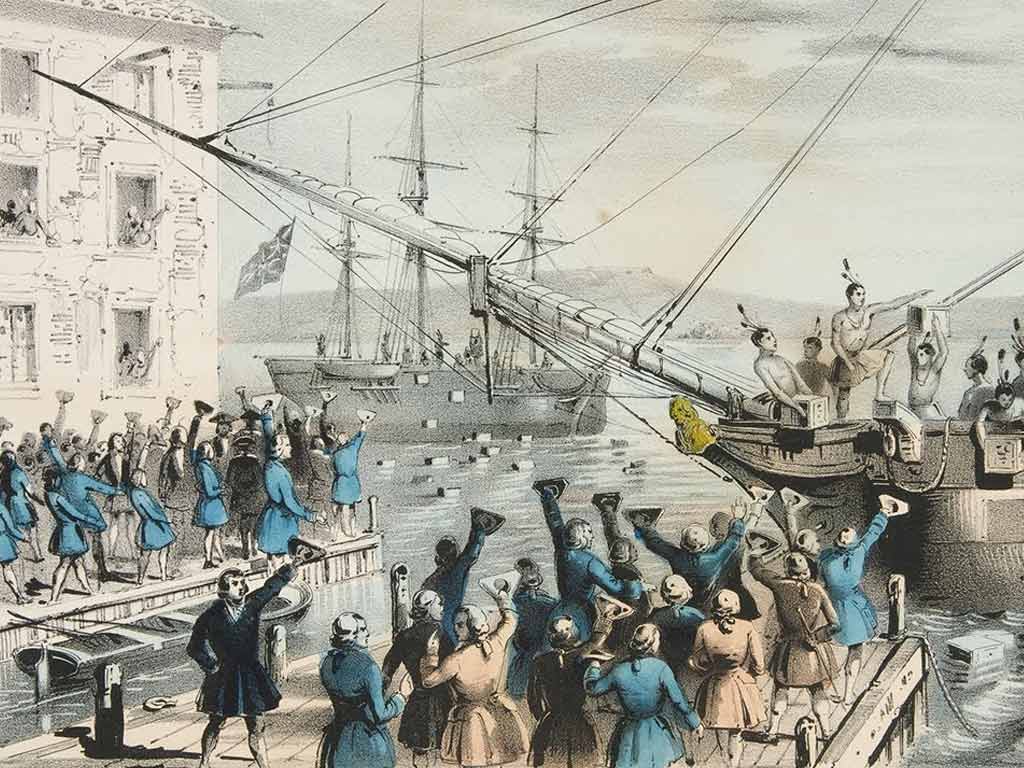
The Boston Tea Party, a seminal event in American history, unfolded in Boston Harbor. On December 16, 1773, colonists, protesting British taxation, dumped 342 chests of tea into the harbor.
This act of defiance became a catalyst for the American Revolution, marking Boston Harbor as a symbol of resistance against British rule.
Battle of Bunker Hill (1775)

During the Battle of Bunker Hill, a significant engagement in the early days of the Revolutionary War, Boston Harbor served as a strategic point for military movements.
The harbor’s role in supplying troops and facilitating naval operations underscored its importance in the struggle for independence.
Immigration and Trade Hub (19th century)
In the 19th century, Boston Harbor evolved into a bustling center of immigration and trade. The arrival of waves of immigrants and the bustling maritime commerce contributed to the economic growth of Boston.
The harbor became a gateway for newcomers to the United States, shaping the cultural and economic fabric of the region.
Boston Harbor Islands as Military Fortifications (19th-20th century)
During periods of conflict, the Boston Harbor Islands served as military fortifications. Fort Warren on Georges Island, for example, played a role in the Civil War and later served as a prison.
These islands bear witness to the harbor’s military significance and its evolving role in the defense of the nation.
Boston Harbor Cleanup (1980s-2000s)

Infamous for pollution in the mid-20th century, Boston Harbor underwent a significant environmental cleanup from the 1980s to the 2000s. The “Boston Harbor Project” transformed the harbor from one of the nation’s dirtiest to a model for environmental recovery.
This effort not only revitalized the ecosystem but also symbolized the commitment to environmental stewardship.
Clipper Ships and Maritime Trade (19th century)
In the 19th century, Boston Harbor thrived as a hub for clipper ships engaged in maritime trade. The bustling port facilitated the transport of goods and contributed to Boston’s economic prosperity. This era marked the harbor as a vital link in global trade networks.
Boston Molasses Disaster (1919)
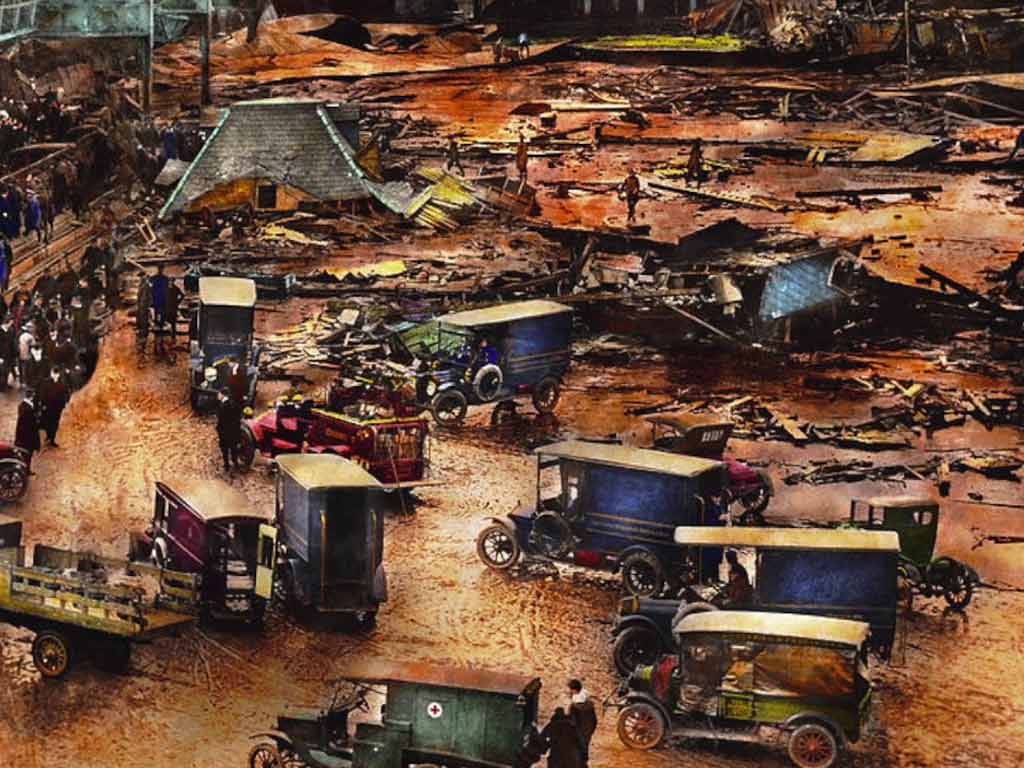
The Boston Molasses Disaster of 1919 unfolded along the shores of Boston Harbor when a massive molasses tank burst, causing a destructive wave.
This tragic event left a lasting impact on the North End neighborhood, reshaping safety regulations and highlighting the need for industrial oversight.
Harbor Islands as Recreational Destinations (20th Century – Present)
Over the years, the Boston Harbor Islands transformed into recreational destinations. Visitors can explore historical sites, hike scenic trails, and enjoy picturesque views.
This transition reflects the harbor’s evolving role from a strategic military position to a beloved escape for locals and tourists alike.
Big Dig Project (2007)
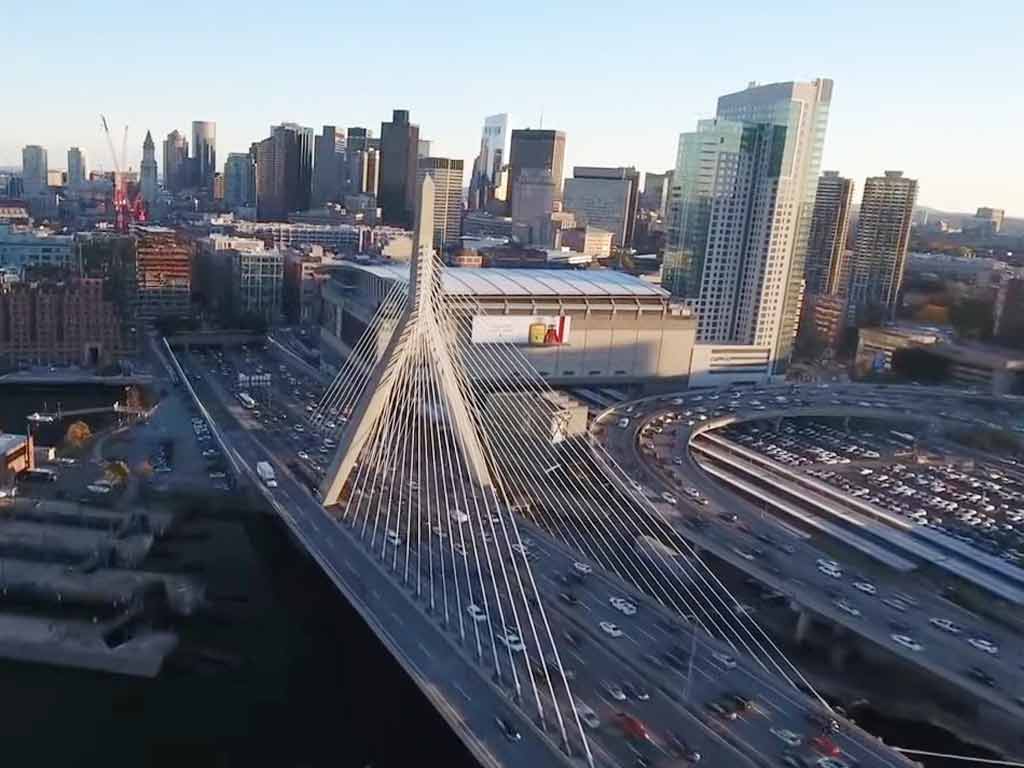
The completion of the Big Dig project in 2007 had a transformative impact on the landscape around Boston Harbor.
This massive infrastructure project rerouted the Central Artery, easing traffic congestion and reconnecting the city with its waterfront. The project enhanced accessibility to the harbor, contributing to its rejuvenation.
Boston Harborwalk Development (1984 – Present)
The inception of the Boston Harborwalk in 1984 marked a commitment to public access and waterfront development.
This ongoing initiative has created a continuous public path along the harbor, providing opportunities for recreation, showcasing public art, and fostering a vibrant waterfront community.
Boston Harbor Light A Guiding Beacon (1716)
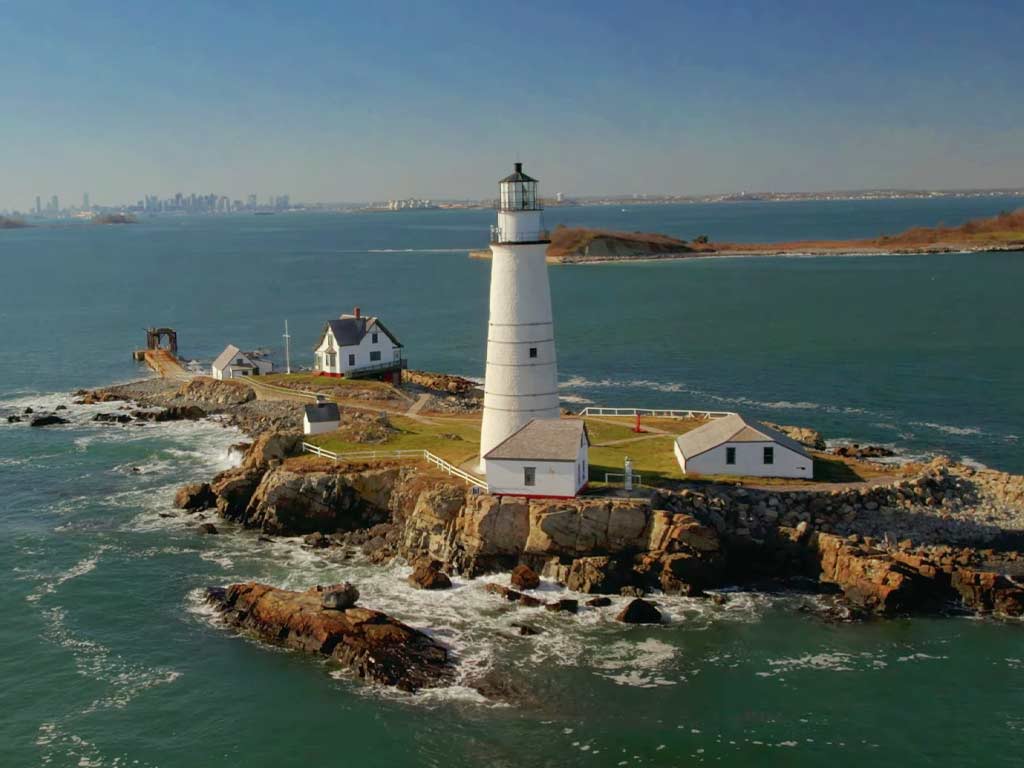
Boston Harbor Light, established in 1716, is the oldest lighthouse in the United States. Perched on Little Brewster Island, it has provided a guiding light for mariners entering the harbor for centuries.
This iconic structure symbolizes the maritime heritage and navigational importance of Boston Harbor.
Prohibition and Rum Row (1920-1933)
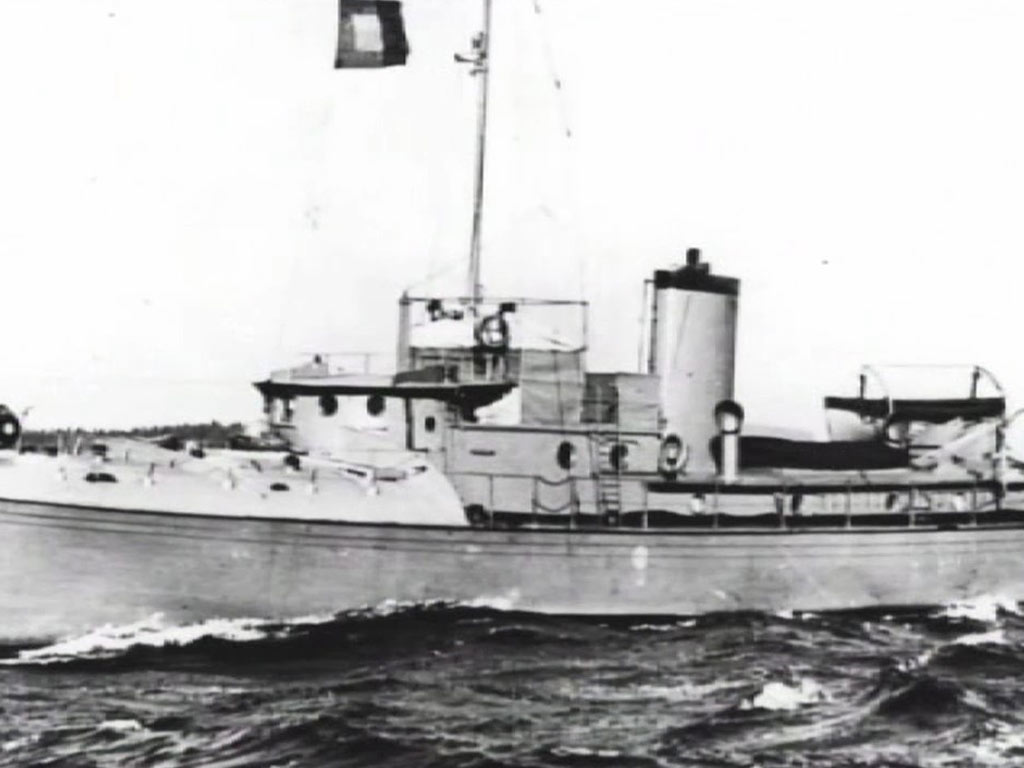
During Prohibition, Boston Harbor gained notoriety as a hub for rum-running operations. Smugglers used fast boats to transport illegal alcohol from ships anchored offshore to the mainland.
The “Rum Row” era left an indelible mark on the harbor’s reputation, illustrating its role during times of social and legal upheaval.
Boston Harbor Skyline Transformation
The Boston Harbor skyline has undergone significant transformation with the addition of iconic structures like the Zakim Bridge.
This modernization reflects Boston’s commitment to architectural innovation and the integration of historical and contemporary elements along the waterfront.
Harbor Art Installations (21st century)
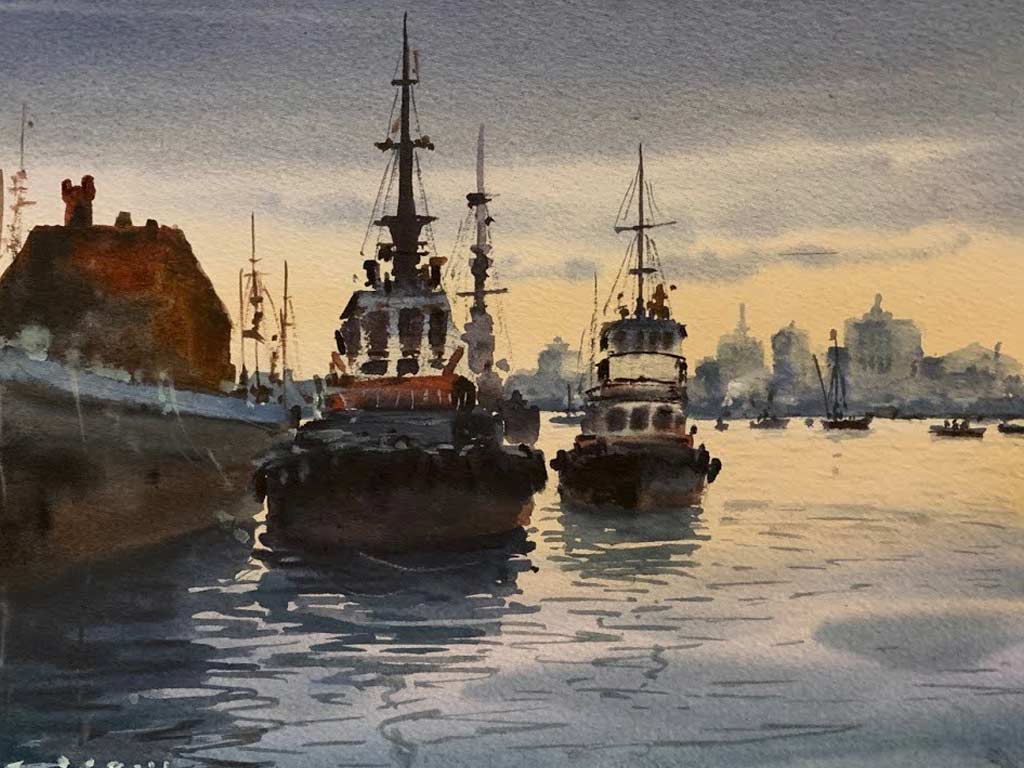
In recent years, Boston Harbor has become a canvas for art installations that engage with its history and environment.
Temporary and permanent art pieces, such as sculptures and murals, contribute to the cultural vibrancy of the harbor, inviting visitors to explore the intersection of art and history.
Boston Harbor Now Advocating for the Harbor’s Future
Boston Harbor Now, founded in 2016, is a non-profit organization dedicated to enhancing the health, resilience, and accessibility of Boston Harbor.
Through community engagement, conservation efforts, and advocacy, Boston Harbor Now plays a crucial role in ensuring the harbor’s continued significance for future generations.
Why Is Boston Harbor Important?
Boston Harbor, nestled along the New England coastline, holds paramount importance in the historical, economic, and cultural fabric of Boston.
Its significance goes beyond being a picturesque waterfront; the harbor has been a witness to pivotal moments in American history and a catalyst for economic growth.
Here are some reasons why Boston Harbor is crucial to the identity and vitality of the region:
Historical Significance and American Revolution
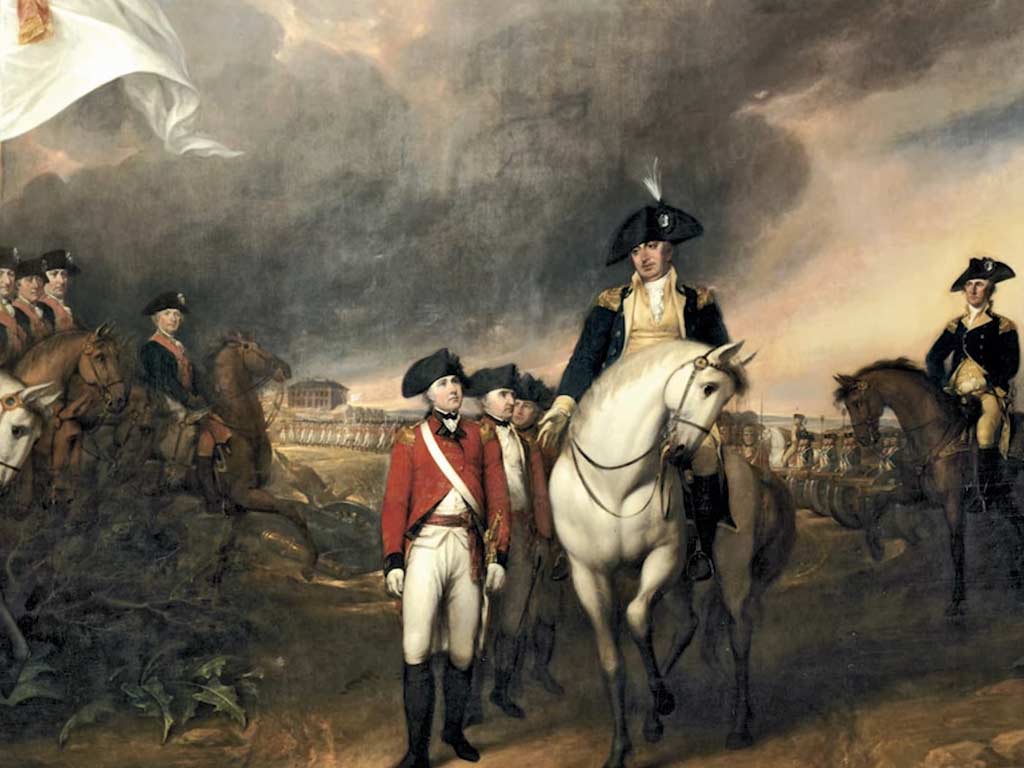
Boston Harbor is synonymous with the American Revolution, notably the Boston Tea Party in 1773. The harbor served as the stage for acts of defiance against British taxation, marking a crucial chapter in the road to independence.
Its waters bear witness to the birth pangs of a nation, making it a living testament to America’s quest for freedom.
Economic Hub and Maritime Trade
Throughout history, Boston Harbor has been a bustling economic hub, fostering maritime trade and commerce. From the clipper ships of the 19th century to modern cargo vessels, the harbor has been a gateway for goods entering and leaving the city.
Its strategic location has played a pivotal role in shaping Boston’s economic prosperity.
Gateway for Immigration and Cultural Exchange
Boston Harbor, historically a port of entry for immigrants, has played a vital role in shaping the cultural diversity of the region.
Waves of newcomers arriving at the harbor have contributed to the rich tapestry of Boston’s cultural identity. The harbor stands as a symbolic gateway to new beginnings and opportunities.
Environmental Revitalization and Conservation
The cleanup efforts of Boston Harbor from the 1980s to the 2000s, known as the “Boston Harbor Project,” transformed it from a polluted waterway to a model of environmental revitalization.
This monumental effort not only improved water quality but also became a benchmark for environmental conservation, emphasizing the importance of preserving natural resources for future generations.
Recreational and Educational Hub
In the present day, Boston Harbor serves as a recreational and educational hub. The Boston Harbor Islands, a national and state park, offer opportunities for outdoor activities, historical exploration, and environmental education.
The harbor’s shores have become a beloved destination for residents and visitors alike, fostering a connection between the community and the waterfront.
Boston Harbor’s importance is deeply ingrained in the historical, economic, and cultural narrative of the region.
From its role in the fight for independence to its current status as a recreational haven, the harbor remains a dynamic and integral part of Boston’s identity.
FAQs
What economic significance does Boston Harbor hold in its history?
Throughout history, Boston Harbor served as a bustling hub for maritime trade, contributing to the economic prosperity of Boston. It facilitated the transport of goods, turning the city into a prominent trading center.
How did Boston Harbor contribute to immigration and cultural diversity?
Boston Harbor has historically been a gateway for immigrants, contributing to the cultural diversity of the region. Waves of newcomers arrived at the harbor, shaping the cultural identity of Boston and fostering a rich tapestry of traditions.
What environmental challenges did Boston Harbor face, and how were they addressed?
In the mid-20th century, Boston Harbor faced severe pollution. The “Boston Harbor Project” from the 1980s to the 2000s transformed it from one of the nation’s dirtiest waterways into a model of environmental recovery, showcasing a commitment to conservation.
How has Boston Harbor evolved into a recreational hub?
Over the years, Boston Harbor has transformed into a recreational hub, with initiatives like the Boston Harbor Islands National and State Park providing opportunities for outdoor activities, historical exploration, and environmental education.
What modern projects highlight the adaptability of Boston Harbor?
Projects like the Seaport District redevelopment and the “Living with Water” initiative showcase Boston Harbor’s adaptability.
The harbor has become a focal point for technological innovation, resilient urban planning, and a venue for cultural events, emphasizing its dynamic evolution.
Conclusion
The history of Boston Harbor is a riveting saga of triumphs, challenges, and transformations that have left an enduring imprint on the city’s character.
From its early role in colonial rebellions to its modern identity as a recreational haven, the harbor stands as a testament to the resilience of Boston and its ability to adapt to changing times.
The journey from a bustling port to an environmental reclamation project reflects not only the harbor’s historical significance but also the collective commitment to preserving its legacy.
As Boston continues to evolve, the history of its harbor remains a vibrant thread in the city’s narrative, connecting past and present with an ever-flowing tide of stories.
Jaclyn Lowe